|
Recently, I was invited to facilitate a workshop for a private school in Izmir on concept-based inquiry. The school had recently undergone the self-study process and a revision of its guiding statements. With a newly revised learning and teaching policy based on the new mission and vision, the process of shifting the approaches to teaching had to begin. I was asked to shift their beliefs about learning and teaching from a teacher led classroom to that of a thinking classroom through concept-based inquiry. Sometimes shifting mindsets can be quite a challenge because beliefs are challenged and affected by the need for self-efficacy. The school follows Cambridge International Curriculum (CIE) and the International Primary Curriculum (IPC). As the course was not solely for primary teachers but including the whole school staff, I had to consider ways to make the content contextual for all ages so every teacher could visualize concept-based inquiry in his or her context and age range. Thus, I chose the run the workshop through concept-based inquiry day and allow the teachers to learn about inquiry by experiencing it. Before I arrived that Saturday, I sent a short survey to pre-assess their understandings so I could be sure to address any misconceptions and try to find ways to answer their questions. Some of the questions and misconceptions I saw were:
In order to be able to address these questions and misconceptions, I decided to begin the workshop with a jigsaw activity wherein different groups read articles about concept-based inquiry and created a headline with a summary of the content. During the sharing time, I observed discussion, critical thinking and reflection. Using this learning engagement, enabled the staff to begin to shed some light on their areas of concern. Then we used the Frayer Model to define inquiry-based learning before taking a look at a step deeper to concept-based inquiry.
As a time of application, I asked the teachers to plan one lesson that would be inquiry-based using the lesson planner acronym from Jane Pollack, GANAG. We did this rather than planning an entire unit because the workshop was for just one day. To guide the teachers, I gave them a template that explained this acronym more thoroughly with examples to show how it can be useful and relevant to the concept-based inquiry classroom.
G - goal - with inquiry, we begin with a question or a series of questions A - access prior knowledge N - new information A - application G - goal review / reflection time Finally, everyone filled out an exit ticket using the visible thinking tool, I used to think but now I think. This was even more rewarding than the conceptual understandings. It was an amazing day and I was so happy to see all teachers finding relevance to their context - from early years to grade 12. Everyone left the workshop feeling challenged and empowered to try out concept-based inquiry in their classrooms.
2 Comments
Upon a visit to Reggio Emilia, Italy
When I first learned about Reggio Emilia’s approach to learning, I was forming my research questions for my final Action Research project to conclude an M.Ed. at George Mason University. I was interested in finding a variety of ways to capture the conceptual understandings of my students who had not developed sufficient English language ability to express themselves, as they would have liked. My professor recommended that I check out the work of Loris Malaguzzi and The Hundred Languages of the Child. The deeper I delved into the resources I found about the municipality of Reggio Emilia and its approach to learning, the more I wanted to be a participant in an International Study Group. This April, I was able to attend along with one of our ECC teachers and what an inspiring experience it was for us both. Values and Beliefs We saw the positive impacts of the goals set by the community of Reggio Emilia back in the late 1940’s at the close of World War II; goals to build a community that created new identities and new rights for women and children. This was based on a series of choices; cultural, ethical and political in nature. These goals were intended to foster community participation and innovation in education to make the child a priority in order to build a positive, respectful community for the present and future. A new life, a new way, new values and a new community by committing to the commons, values for the common good.
Positive Impacts As the school I’m working at is currently walking through a combined CIS/NEASC self-study, our staff is in in the process of re-evaluating our mission, vision, beliefs about learning and teaching and the roles we play as leaders and teachers. We are searching for the impacts of our endeavors, reflectively searching for evidence and pondering actions we might take. Have we achieved our mission? Are we on the road to achieving our vision? These are big questions and require a lot of thought. This experience at Reggio Emilia enabled to me to see concretely what it looks like when a school system and the community work together to achieve their goals out of a common vision and commitment . The people of Reggio Emilia that I encountered were caring, respectful and helpful. They have a multitude of programs to reach children (0-12th), the elderly and for interaction between all age groups. Their annual municipality budget sets aside 13% for the early years programs. This community reaches out and welcomes visitors, immigrants (17%) and anyone who engages with their community. Visible Learning One strong value of the Reggio Emilia educational project was to make visible the educational contexts and children’s learning inside the schools and outside in the community. Learning is visible wherever one looks in the early childhood centers and schools. The materials and partially constructed projects left accessible in the ateliers, piazzas and classrooms show the thinking and understandings that are forming. The learning panels published and posted on the walls demonstrate the pedagogy (why), the process (how) and the conceptual understandings (what) the students have developed as a result of the progezzione (project). Publications are produced annually about the projects completed and gifted to parents. Projects are shared with the community in a variety of creative ways. Participation Parents are welcomed into the schools to demonstrate the value of participation. They are encouraged to come into the piazza, casually drop their children and chat with teachers about life to pass along important information or ask questions. The face-to-face interactions are highly valued and emails are avoided. Parents elect leaders to work alongside the teachers to promote learning and participation within the community. They can suggest field trips and assist with projects while in process and in the publication or presentation of projects to the community. We had the opportunity to learn about two very important projects: the rights of the child and the hospital through the lens of the child. Both projects involved the community and resulted in action that impacted the community positively. Why? The community used the children’s ideas to publish and display these rights in all the schools as well as to make them available to the public through buttons and postcards. At the hospital, the children decided to gift their thoughts to make the hospital more welcoming. These thoughts were organized and artistically displayed by the Reggio Emilia atelieristas. Now patients in the hospital can get some respite from their fears by reading the thoughts of the children, thoughts that provoke smiles. Learner and Teacher Agency The PYP is releasing enhancements to update their framework and align it to the current research on learning and teaching. There is a new focus on agency and the learner’s voice, choice and ownership. I’ve been pondering this as I wondered what it looked like in action as well as what shifts our staff would have to make to say we both value and empower agency. The teachers of Reggio Emilia value the child to the extent that is agency in action; it is embedded in their practice. They listen to the voice and ideas of the child, documenting the learning process and thoughts through pictures and anecdotal notes. The documentation guides the decisions about learning. It is visible in the centers on clipboards, binders and portfolios. Teachers are knowledgeable about childhood development; stages of development and take research seriously but do not allow that knowledge to limit their ability to personalize the education for their students. They do not categorize their students into developmental boxes. It does not become a barrier. They honor and respect the child and the fact that each child is unique. All decisions appear to stem from their values and beliefs about the child. They allow their students to develop strategies for finding knowledge and support them throughout the process within their zone of proximal development. They allow their students to spiral back to what they know naturally as they attempt to spring to a new level of development. Teacher agency is visible through the professional development time they use to collaboratively discuss their experiences each week about the learning that is happening. They work together to overcome difficulties, challenges and find the best way to respond to the ideas and thoughts of the children as they thoughtfully steer the projects through provocations, discussions, reflections and time for experimenting. They work together to consider ways to re-launch a project that may have stalled slightly and continue extending the project to build new understandings. This belief statement resounded with me deeply, “I learn with you and you learn with me.” It is an atmosphere that does not value hierarchy but rather cooperation and collaborative reflective practice. Creativity, Motivation and Curiosity In this environment, creativity abounds. The walls and displays are student made. Beauty is everywhere. It is fostered and the children’s innate need to make things beautiful is honored. I never saw any child bored or acting out. The environment was relaxed, not tied to a rigid schedule, but allowing children the freedom and time to explore their curiosity. Children actively engage in projects for extended periods of time. The content is relevant and is founded in questions the children have so their interest is peeked. They investigate answers through concrete experiences with materials, field trips and experiments. Technology is a tool that is used when they find themselves unable to solve problems without it. The environment is rich with materials and places to explore the answers to their questions. They foster creativity by pursuing creativity themselves. At Reggio Emilia, collegiality is the key to sustaining creativity. The teachers read about it, surround themselves with creative materials, attend museums and art exhibits. They discuss ideas together and allow ideas to flow uninhibited. The children are their allies in creativity and are prompted to join in the discussion. Tips from Reggio Emilia:
Dreams and Goals Now that I have had this experience, I am pondering ways to share my experience with my colleagues; an experience that left me profoundly impacted. I consider the ways we as a team can change the way we see our roles to minimize the hierarchy and increase the amount of collaboration for the benefit of all stakeholders. I’m excited about the shifts in the PYP and can now visualize learner agency (students and teachers). Together we can explore more deeply what that means for our students, parents and to each of us personally. We can reimagine learning and work to increase participation of all – our students, our parents, our teachers, our support staff and our leadership team. I wish to experience that value and idea of professional development….”I grow with you and you grow with me.” and I look forward to exploring ways to make my beliefs about the child visible to our community alongside my colleagues. Throughout the year, our students will be bringing home report cards and various projects. There is a wide variety of parental responses to the work that students show them. You may choose to reward your child with compliments on intelligence, or buy a treat as an indulgence. You may express disappointment or even get angry. Is there a better way? How can we speak to children about their learning constructively at home? · How can you, as parents, respond to these assessments? · How can you help your child develop a growth mindset based on your feedback and that of his/her teacher? Feedback can shape a child’s beliefs about him/herself. If the feedback is egocentric (feeding the ego with compliments), it can produce unrealistic ideas about self. Or it can decrease motivation or resilience to yield a child who looks for the easy way out more often than not (Mindset Works, 2017). For instance, praising your child for being such a smart kid rather than for working hard and putting in a lot of effort. On the other hand, if teachers and parents focus on feedback that is non-egocentric, both motivation and resilience increase. This kind of feedback focuses on skills, effort, perseverance, goal setting and accepting challenges through which your child will develop a growth mindset. This kind of person accepts challenges, does not give up easily and is highly motivated. A fixed mindset person can be defined as… “In a fixed mindset, people believe their basic qualities, like their intelligence or talent, are simply fixed traits. They spend their time documenting their intelligence or talent instead of developing them. They also believe that talent alone creates success—without effort. They're wrong (Dweck, 2010).” While a growth mindset person is defined as… “In a growth mindset, people believe that their most basic abilities can be developed through dedication and hard work – brains and talent are just the starting point. This view creates a love of learning and a resilience that is essential for great accomplishment. Virtually all great people have had these qualities (Dweck, 2010).” Over the last couple years, I’ve been consciously trying to develop my own skills for giving better feedback, even to my own young adult son and daughter. I look for ways to support them so I can challenge them to continue to grow as human beings rather than just feeding them with compliments. If you’re interested in learning more, you can continue to read some of these sites referenced below or download the book by Carol Dweck on your Kindle reader, Mindset. For examples of ways to give feedback, click here. Praise effort, not intelligence
Dweck, C. (2010). What is mindset? Retrieved from https://mindsetonline.com/whatisit/about/
Mindset Works (2017). Dr. Dweck’s discovery of fixed and growth mindsets have shaped our understanding of learning. Retrieved from https://www.mindsetworks.com/science/
Following that session, we continued to make connections between our professional learning communities (PLC's) and CBCI to develop further our understandings about the value of CBCI. I provided each PLC with a T-Chart to compare CBCI with their inquiry topic. While some were investigating Understanding by Design, others were looking into methods of inquiry, multilingualism, strategies for ELL to use in inquiry or visible thinking tools. As a staff, we were able to make many connections between CBCI and our PLC's. Finally, I shared some of my own learning journey as I had moved from project-based learning to concept-based inquiry. I shared some of my personal questions, frustrations and ideas I had found to both deepen and capture conceptual understandings. My goal was to show them the complexity and validity of the journey I had pursued by making it tangible. I shared my struggles, my fears and victories, and my passion for growing and deepening my own understanding about CBCI in the classroom. We resumed the CBCI course content with a different vibe in the room. There was more interest, more questioning and buy in. Teachers actively engaged in discussions to plan their units of inquiry using the framework of CBCI. At the conclusion of the training, I saw some true shifts in understandings. The most important lesson I learned from my reflection is that learning must be relevant for all - both students and teachers. They must know why. During our staff orientation, we decided to look at building a common understanding about teaching and learning through the question of why. This approach to analyzing our beliefs, our school's belief and the International Baccalaureate's (IB) beliefs enabled us to write common belief statements and became a part of our staff essential agreement. Simon Sinek's idea of changing the order of thew way we sell things from the what we do to the why we do what we do is far more sellable (2011). This approach to building a common understanding strongly appealed to me for several reasons. When we, as educators, agree to work at a school, in essence we are agreeing to promote the mission of that school. In addition, when that school is IB PYP, there is an additional agreement to consider and that is the mission and vision of the IB. Finally, every educator has his/her own philosophy of education which is a strong influence on pedagogical decisions about teaching and learning. I saw this approach as the means of bringing the three ideas together. We began this journey by using a Venn Diagram with three circles to collaboratively analyze the following: Personal beliefs MEF IS beliefs IB PYP beliefs The step was for the staff to discuss their personal beliefs about teaching and learning together in collaborative groups. These beliefs were recorded on the circle for personal beliefs. Then I asked them to read the MEF International School mission statement and vision to identify the beliefs of our organization. Afterwards, everyone read the mission statement of the IB. When all the beliefs were identified, I asked them to begin to find the common themes and write those in the center. From those ideas in the center, I asked them to write one big idea statement. These belief statements were recorded and posted in the center of our concentric circle under 'why.' Throughout the remainder of our orientation we reviewed the school's expectations about teaching and learning, policies and procedures as well as the nitty gritty of teaching. Details about 'how' and 'what' were slowly added by the staff as an exit ticket each day. Below you can see how our draft appeared at the orientation as well as the Venn Diagrams. It was a worthwhile process from which we were able to create a printed version for everyone to post in their classrooms as a reminder of what we believe about teaching and learning as a staff. It strengthened our commitment to implement both the school and IB mission statements. Our beliefs...ReferencesSinek, S. [Tedx Talks]. (2011, April 6). First why and then trust [Video File]. Retrieved from https://www.youtube.com/watch?v=4VdO7LuoBzM
Tunguz, T. (2015, July 13) When selling, start with the why [Blog post]. Retrieved from: https://www.linkedin.com/pulse/when-selling-start-why-tomasz-tunguz/ |
AuthorAs an international educator, I work with colleagues in my local and global network regularly to implement inquiry through concept-based approaches to learning and teaching. It is a journey of discovery, learning and growing our own understandings about the ways children learn. Categories
All
Archives
March 2020
This website uses marketing and tracking technologies. Opting out of this will opt you out of all cookies, except for those needed to run the website. Note that some products may not work as well without tracking cookies. Opt Out of Cookies |
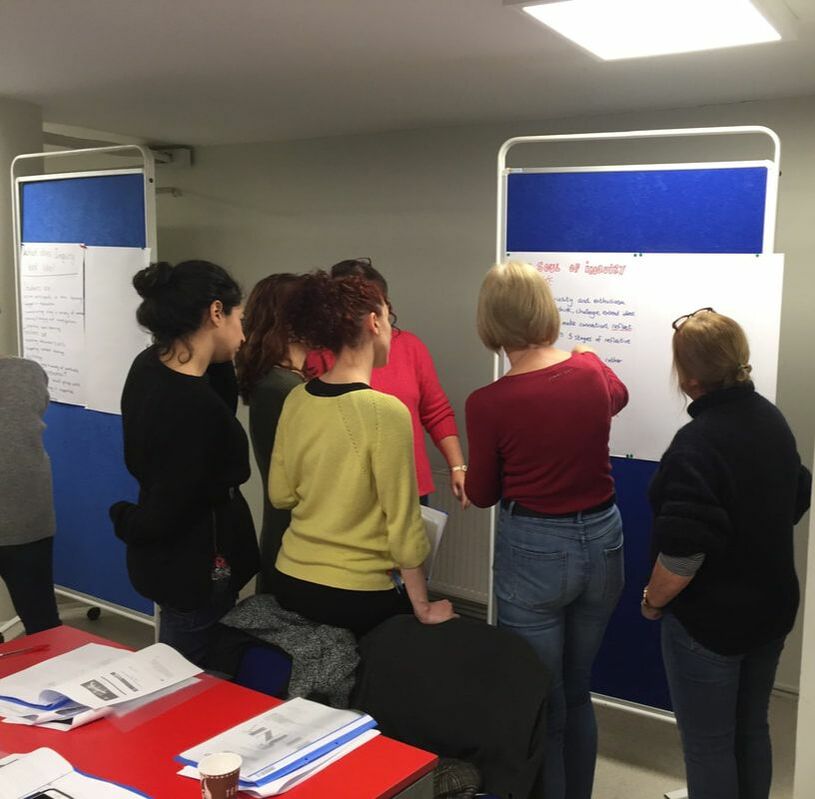
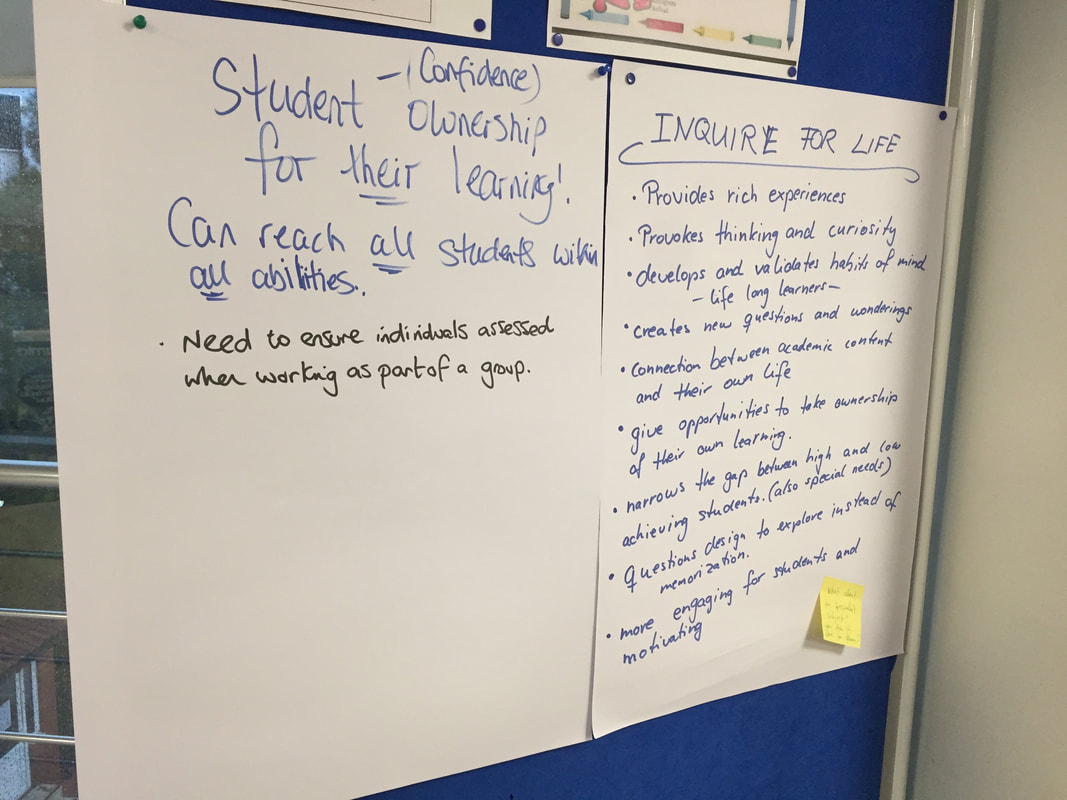
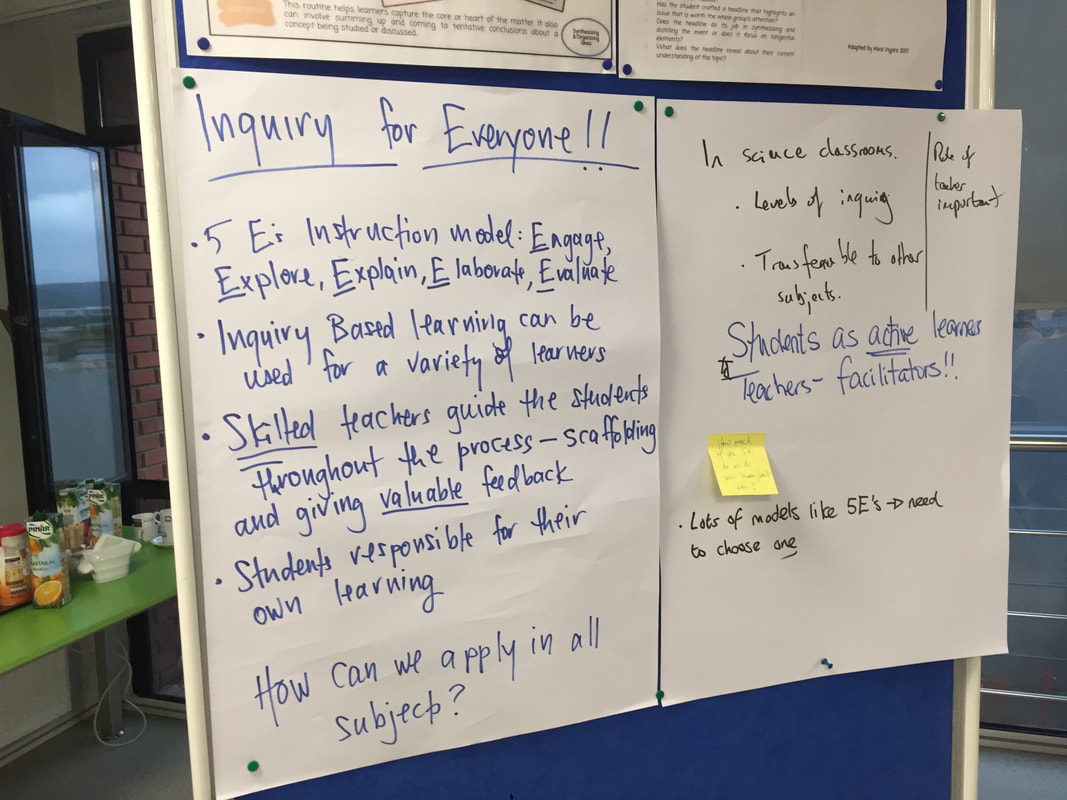
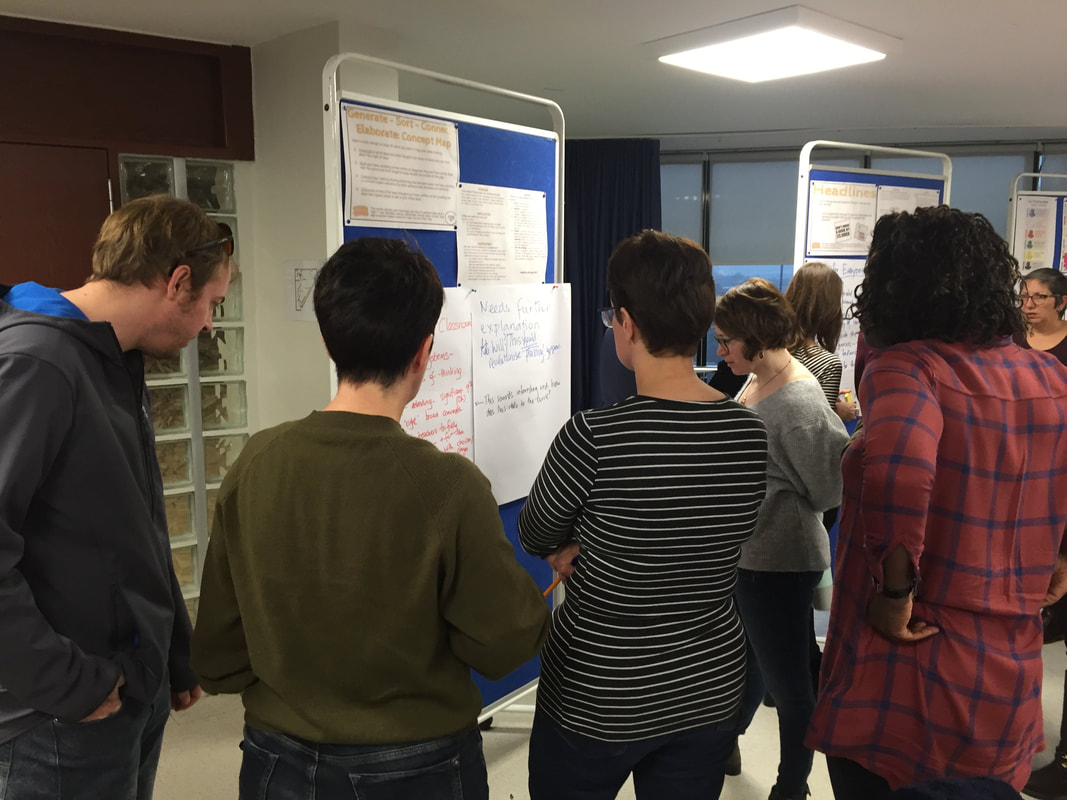
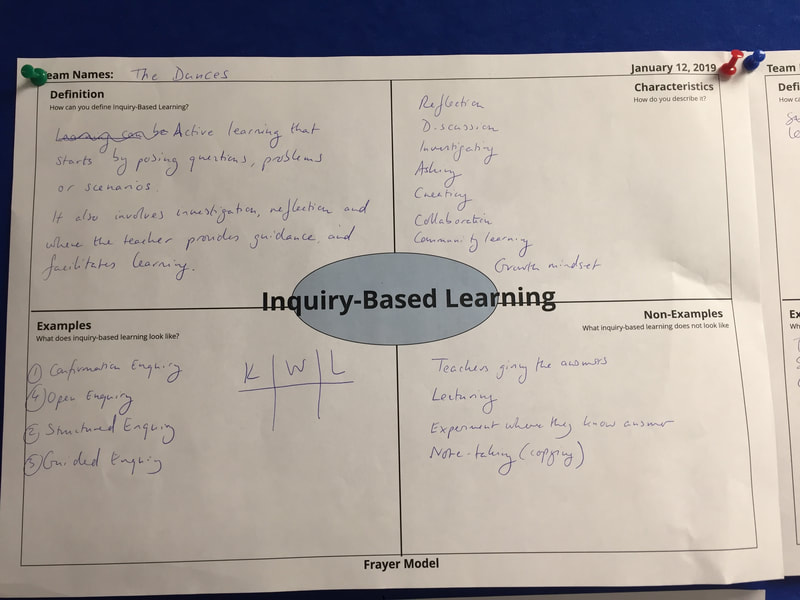
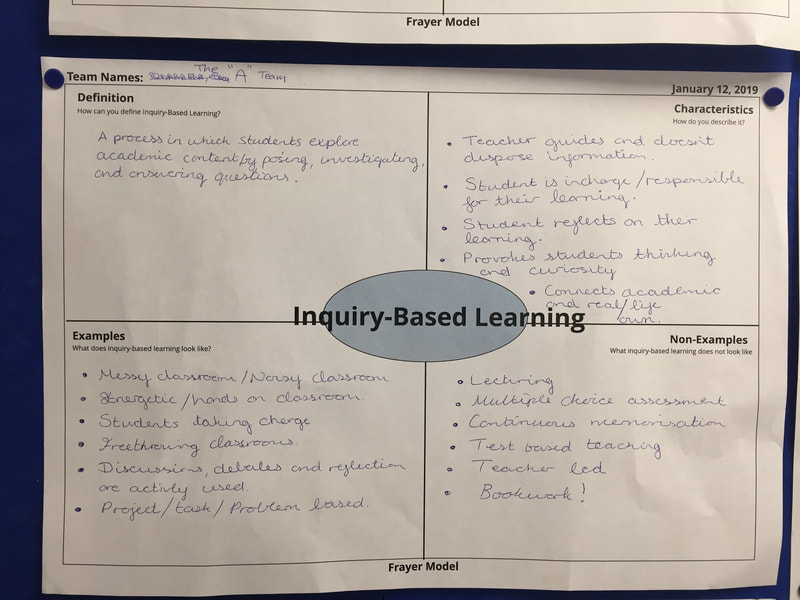
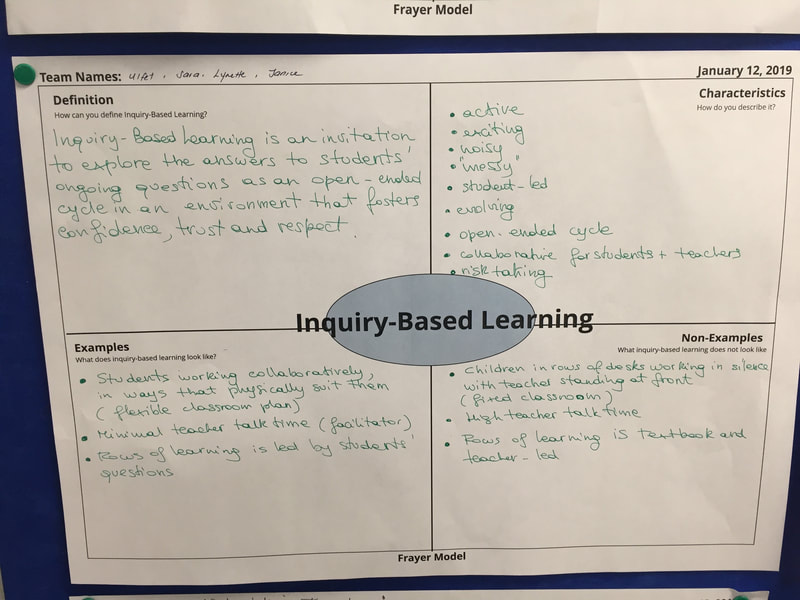
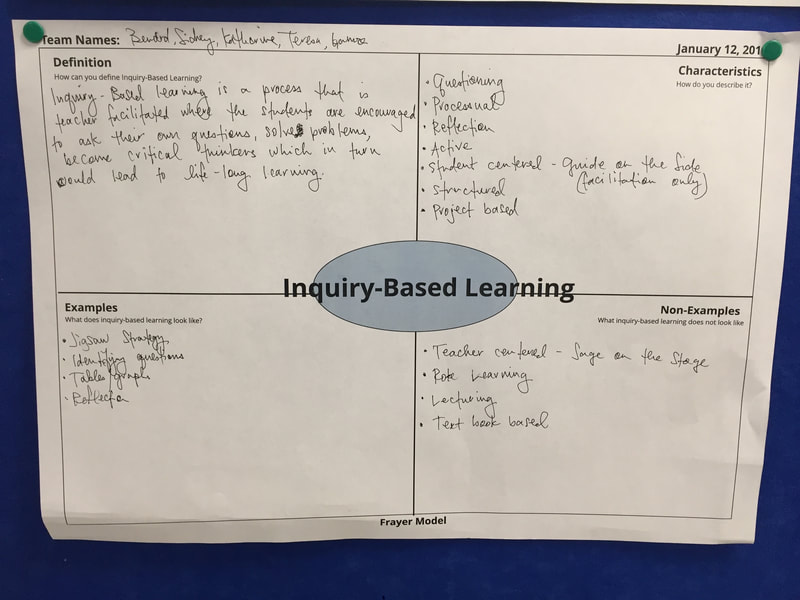
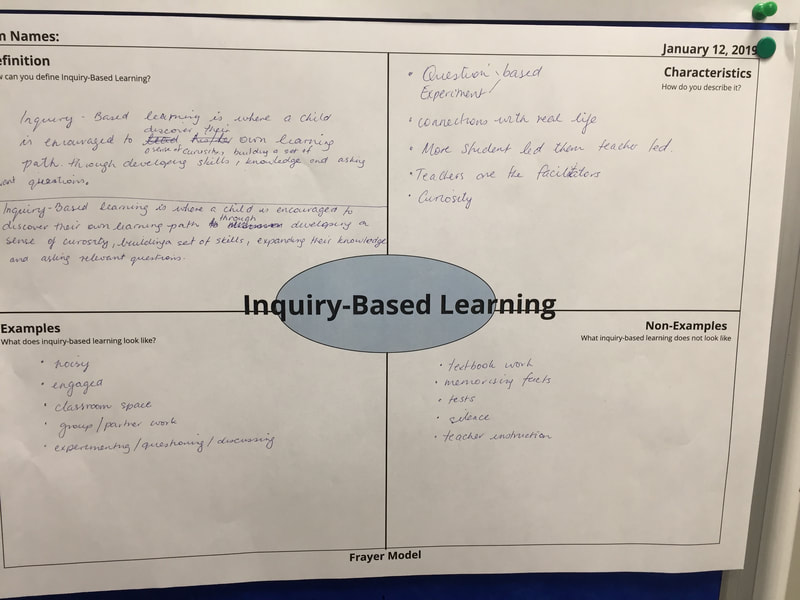
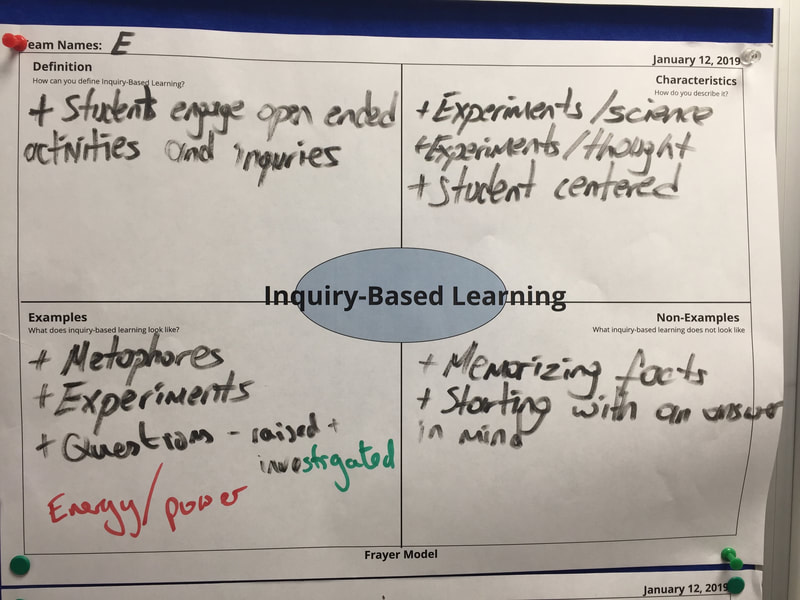
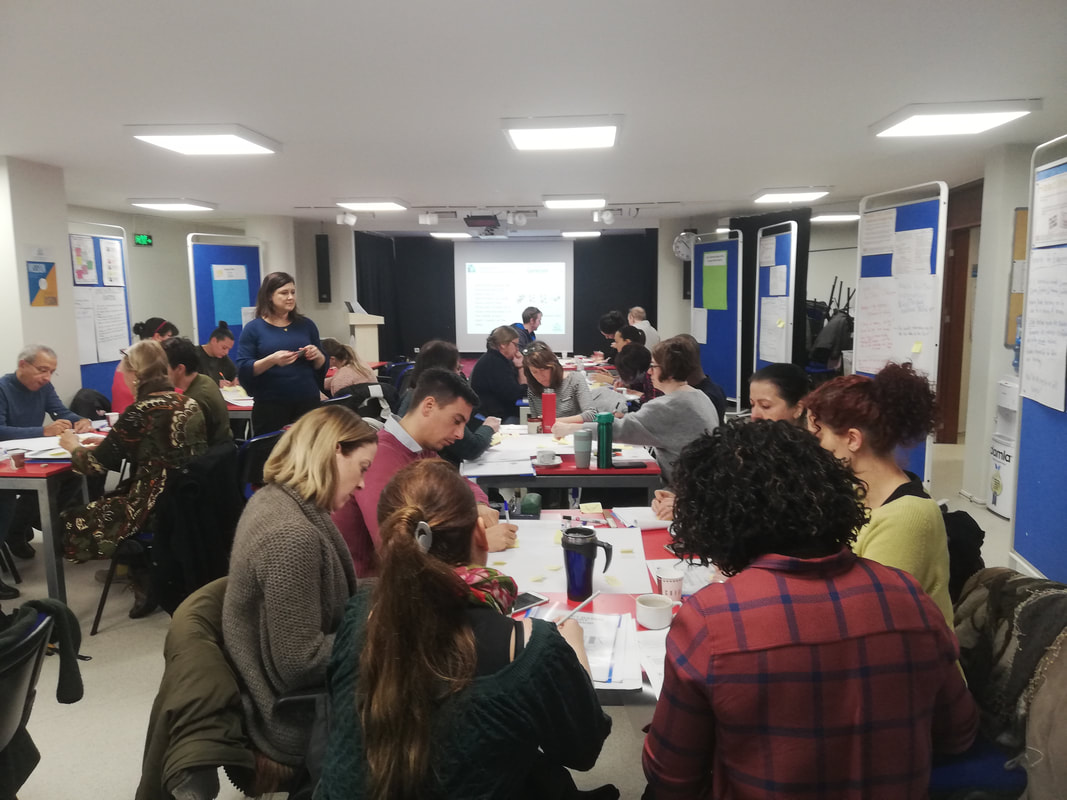
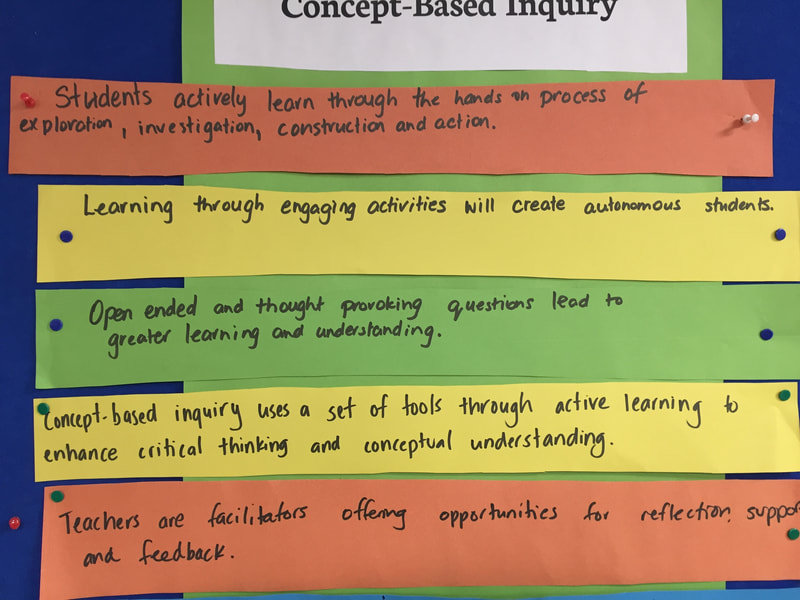
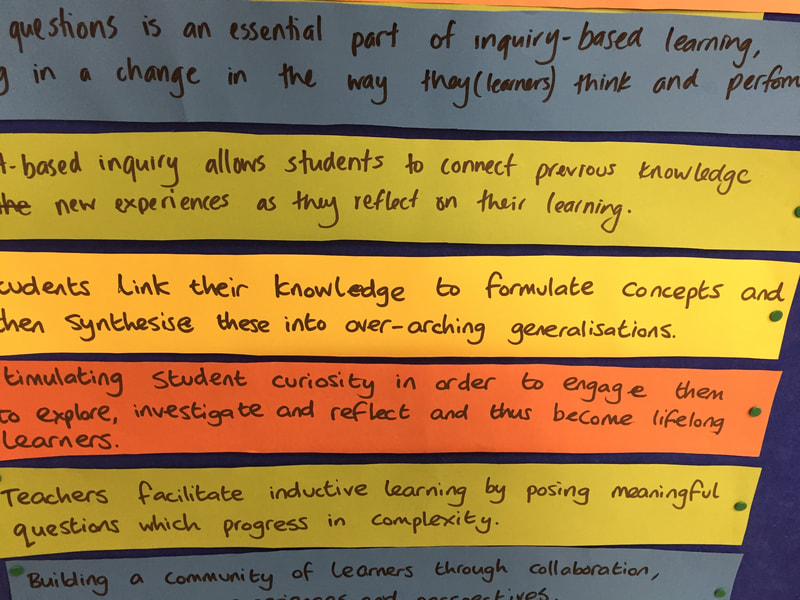
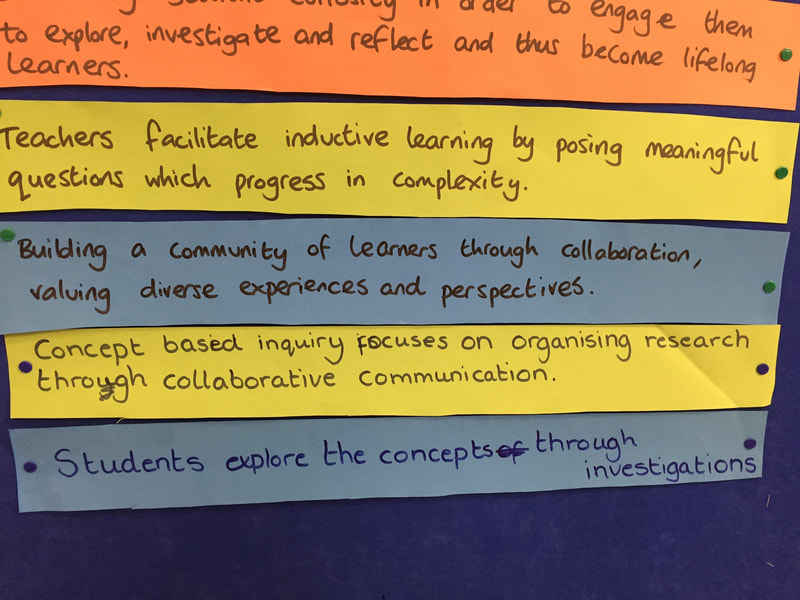
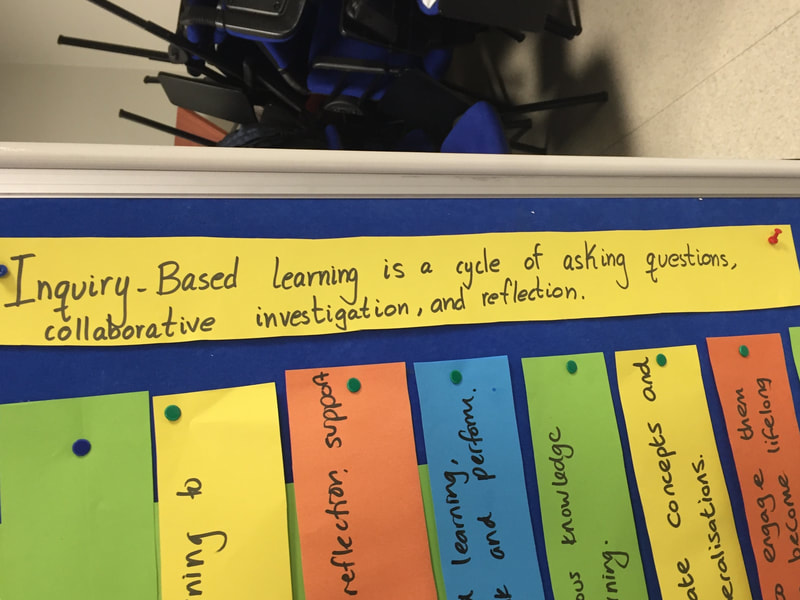
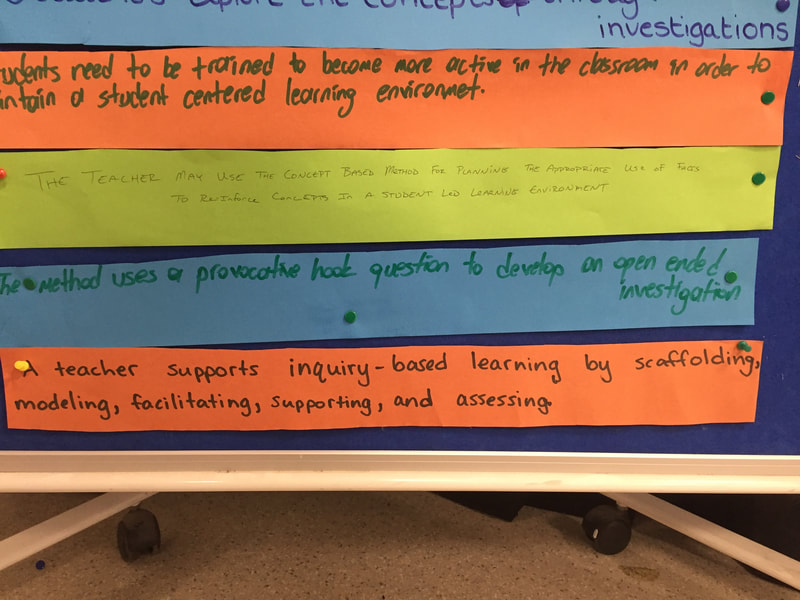
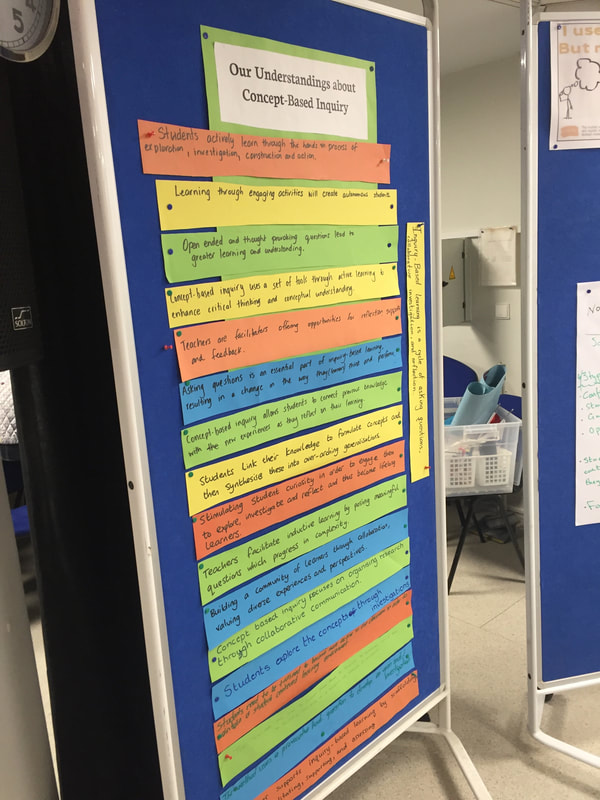
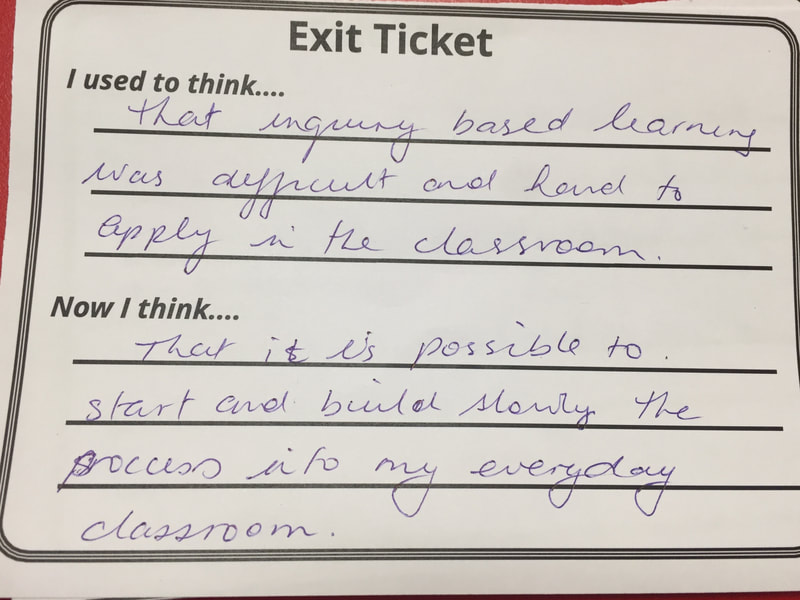
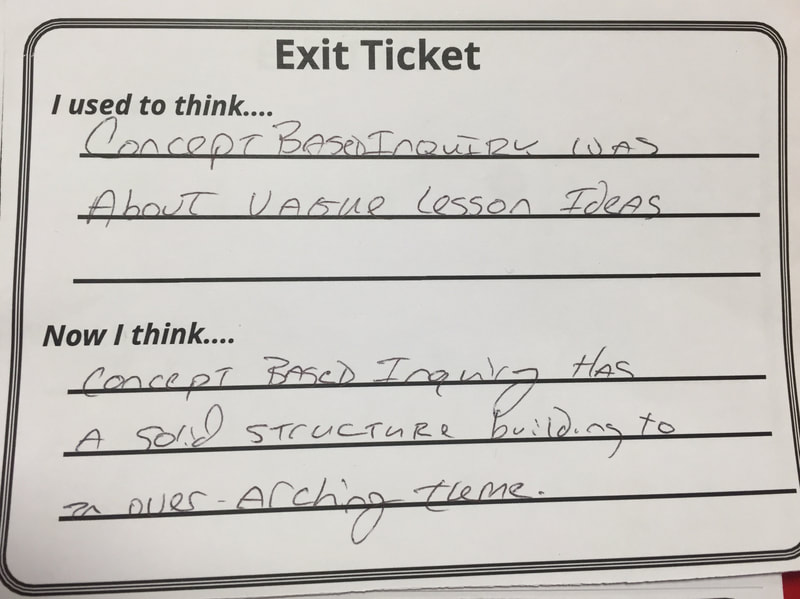
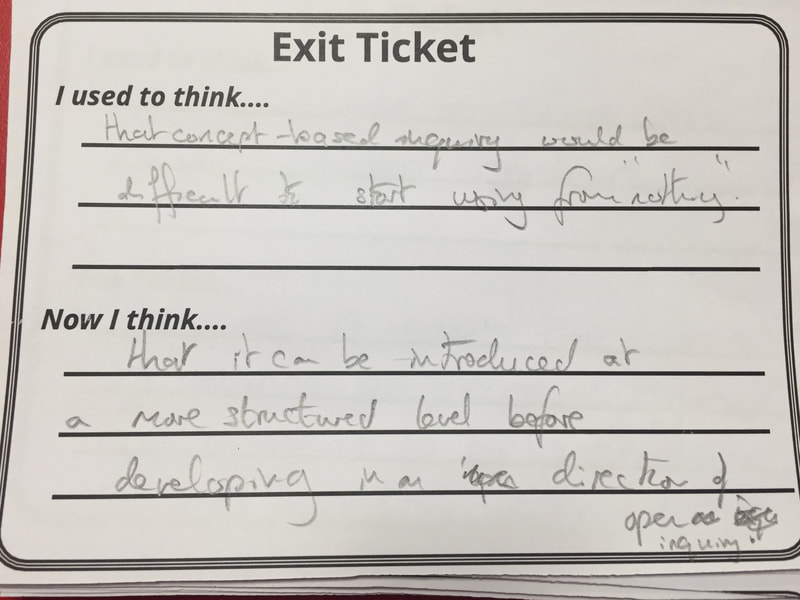
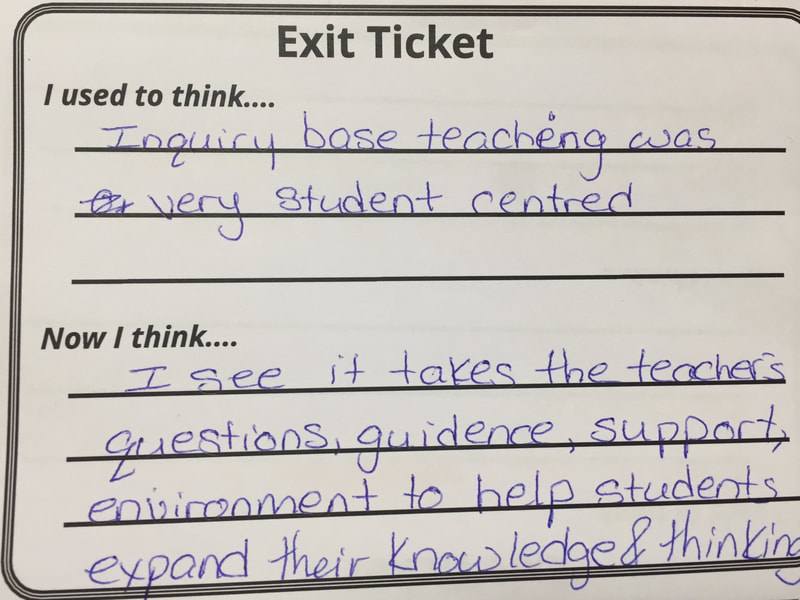
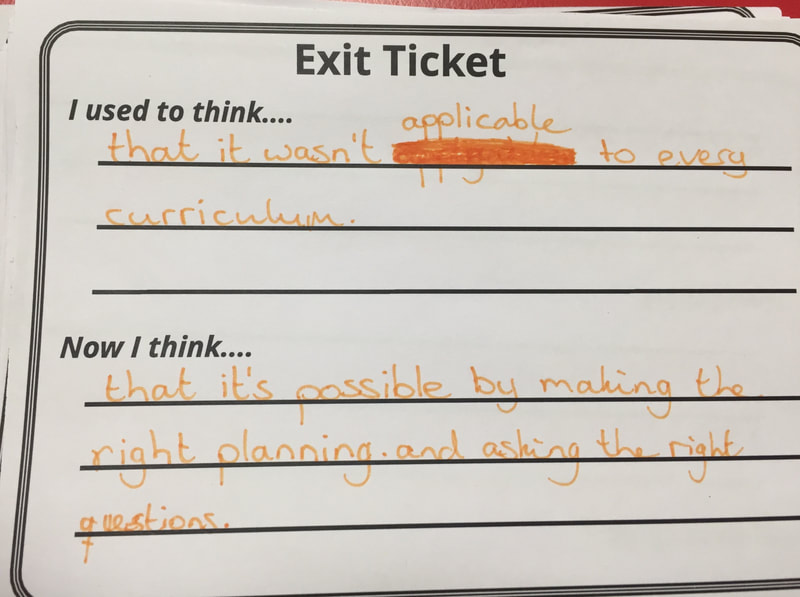
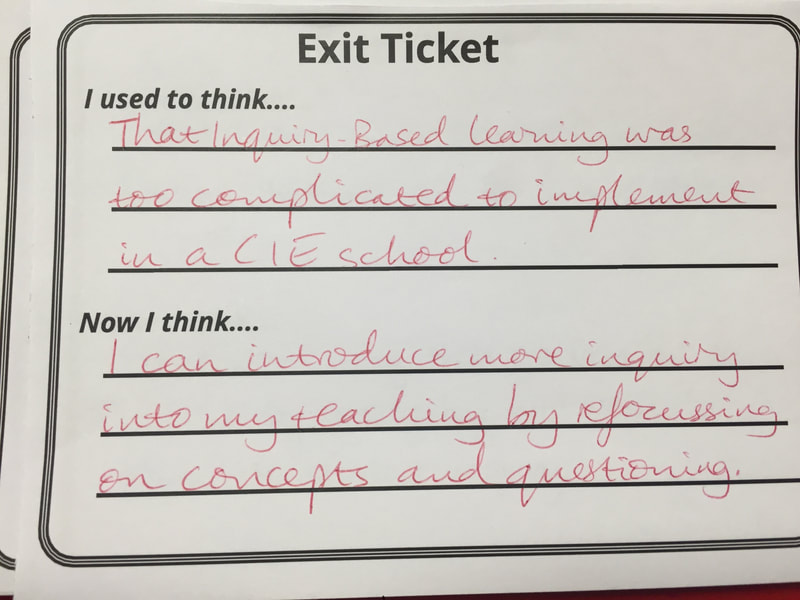
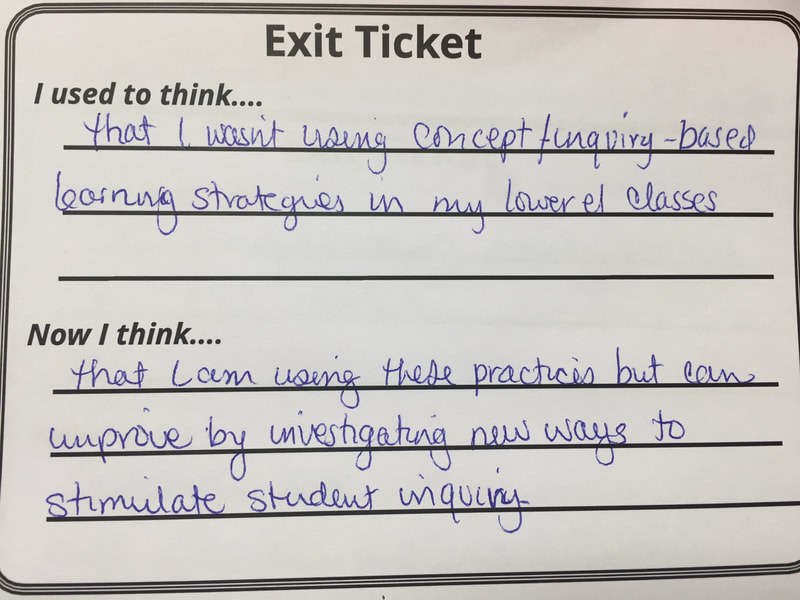

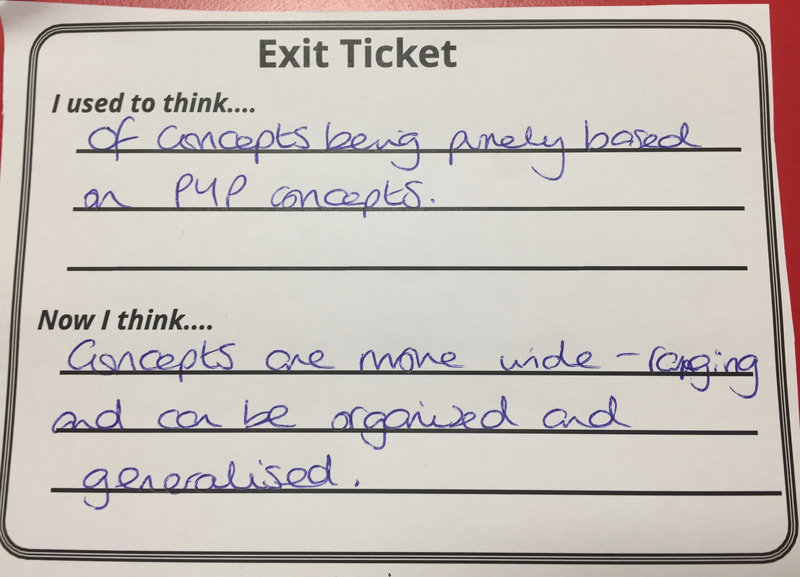
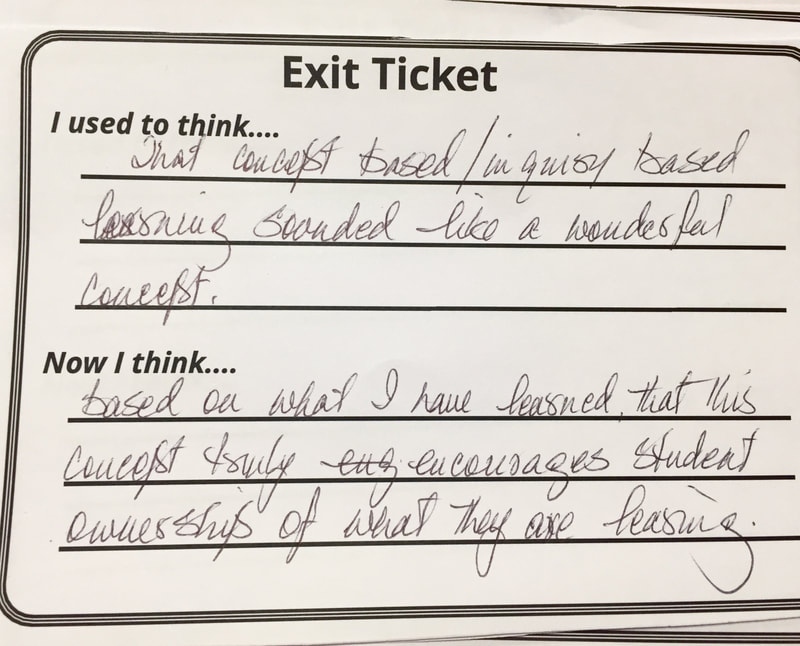
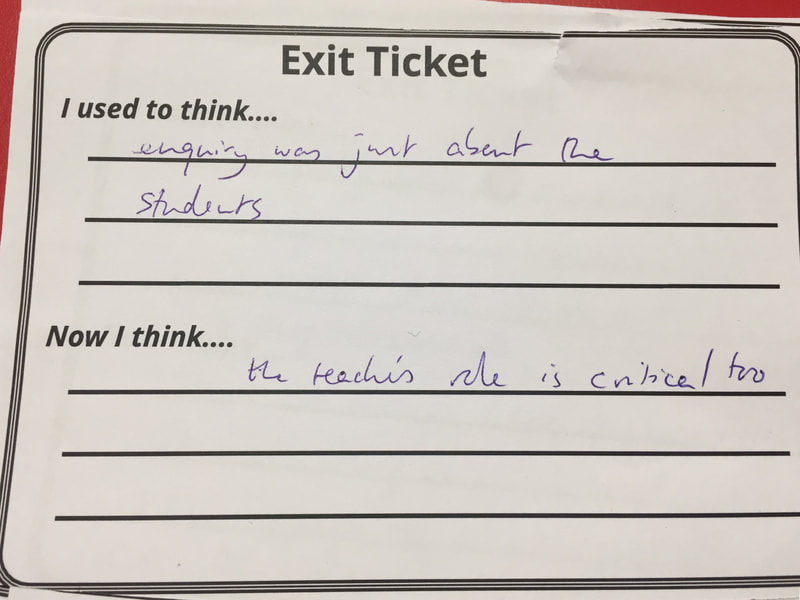
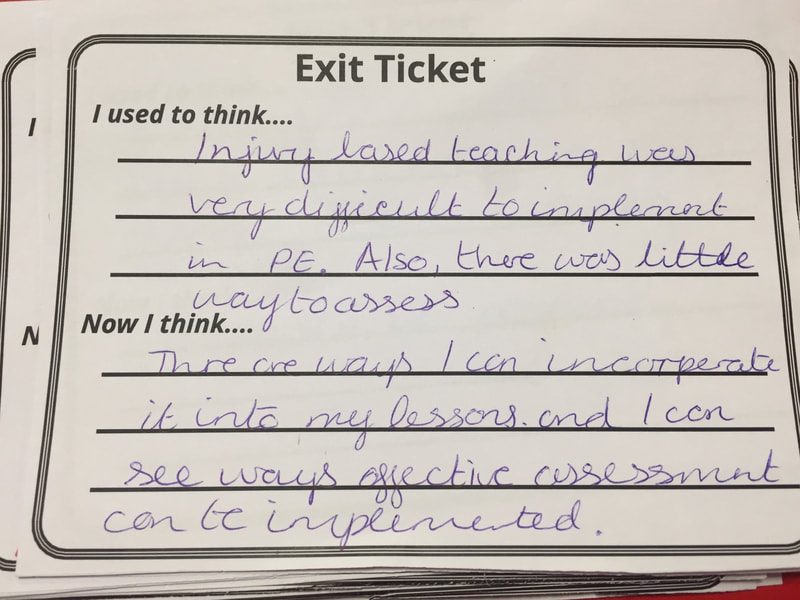
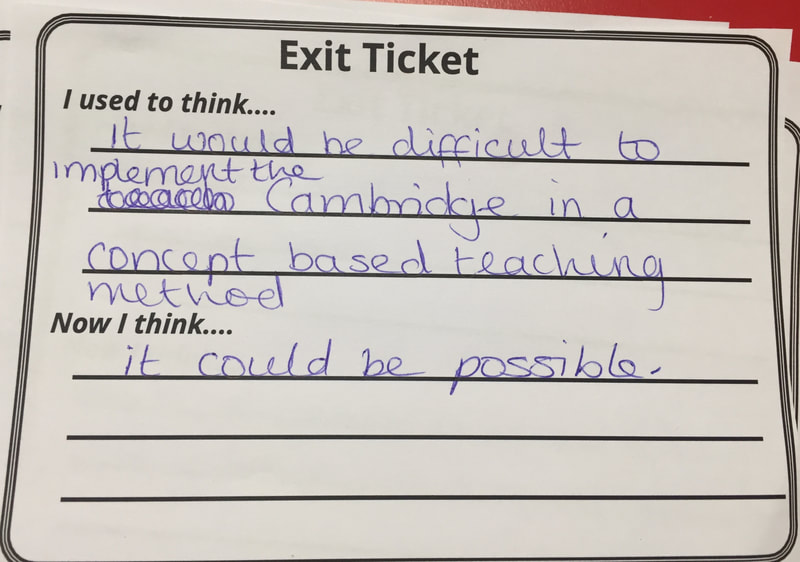
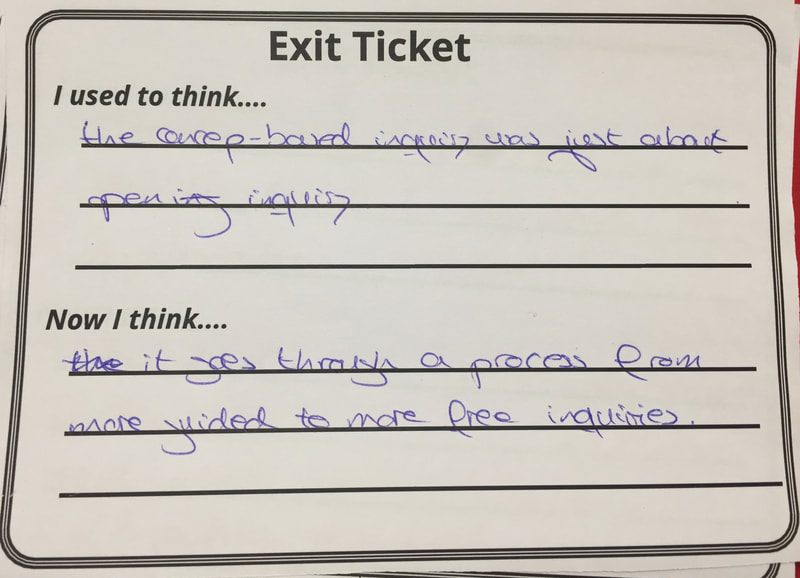
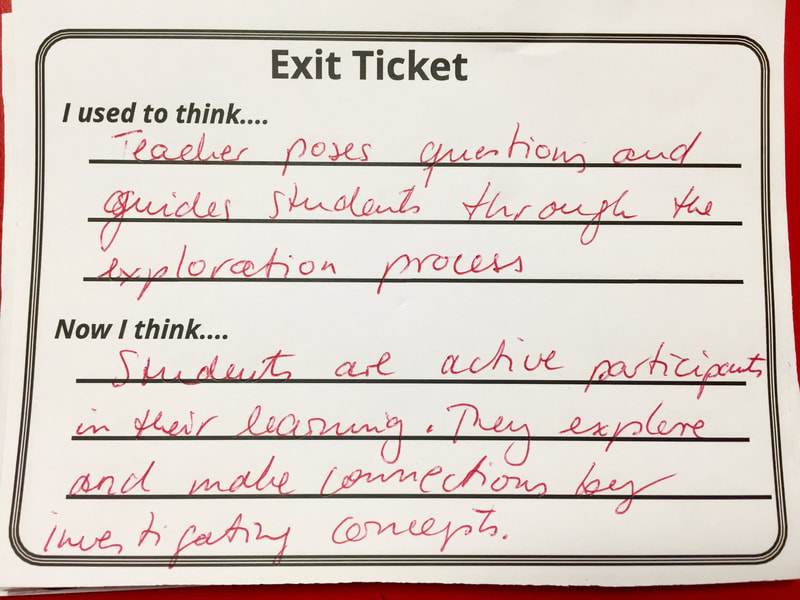
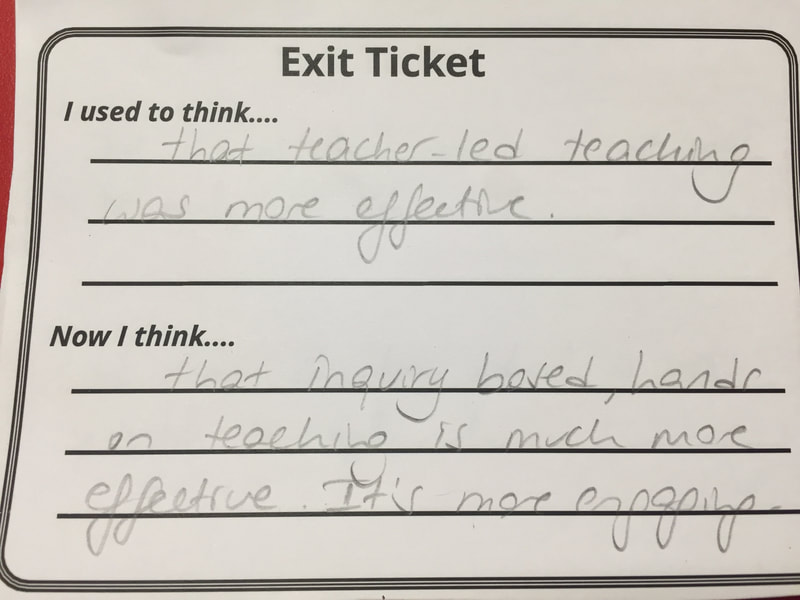
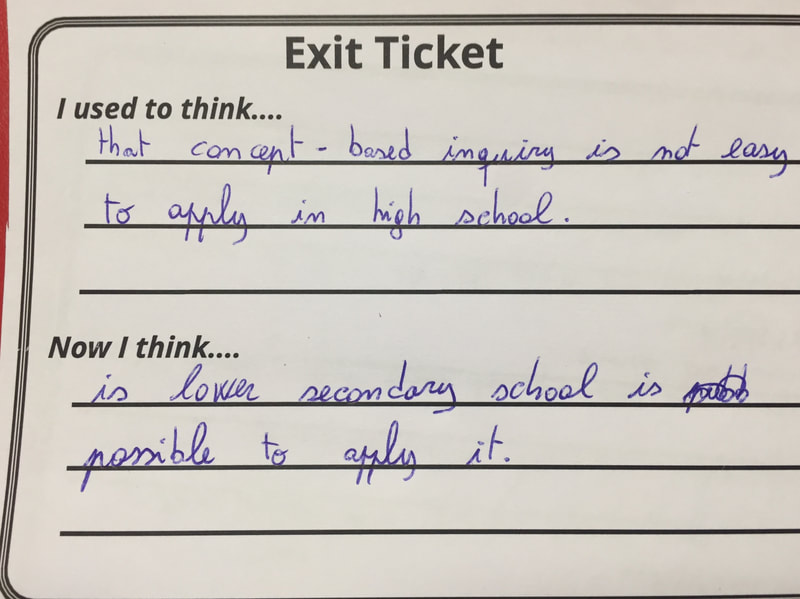

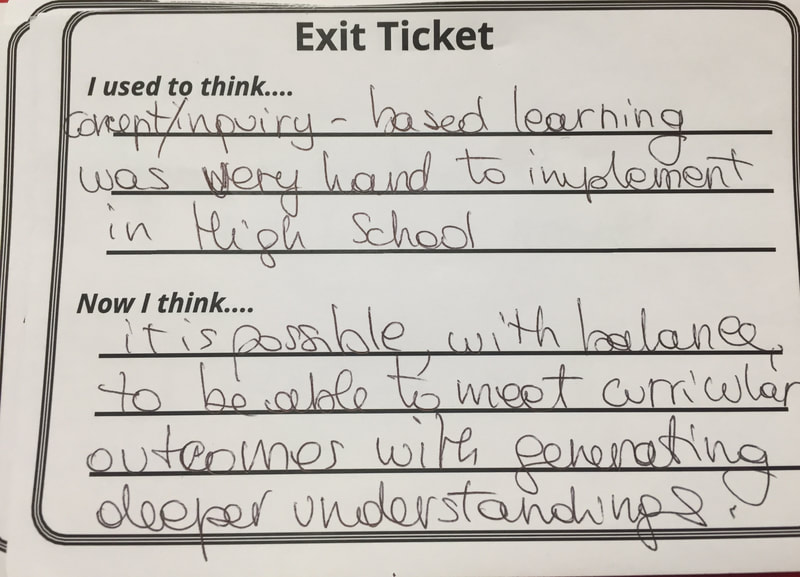


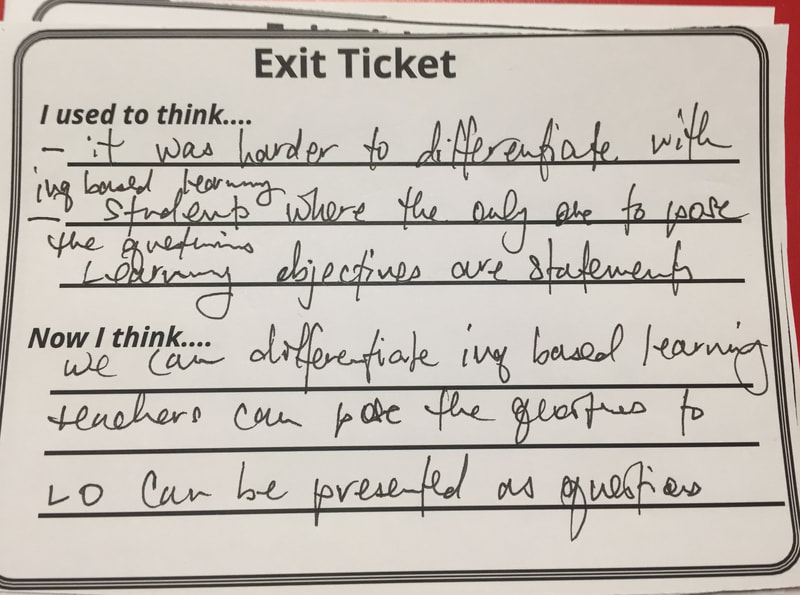
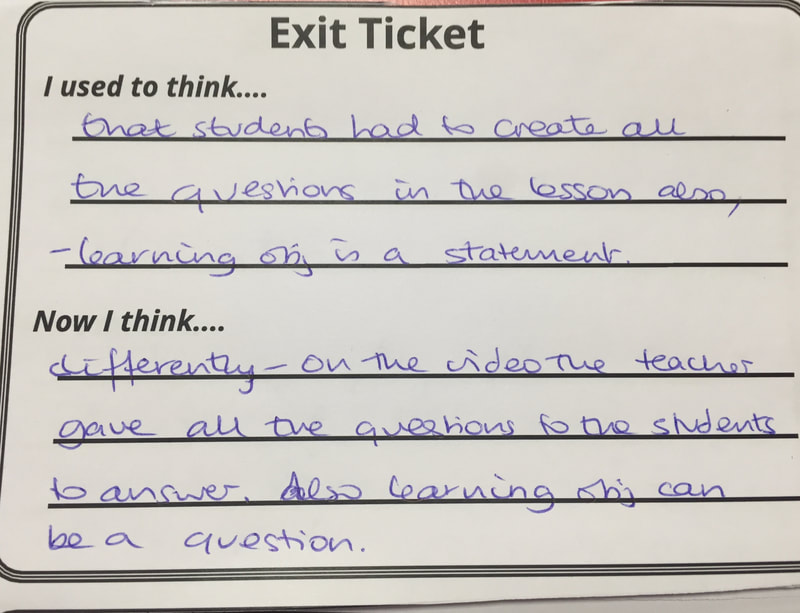
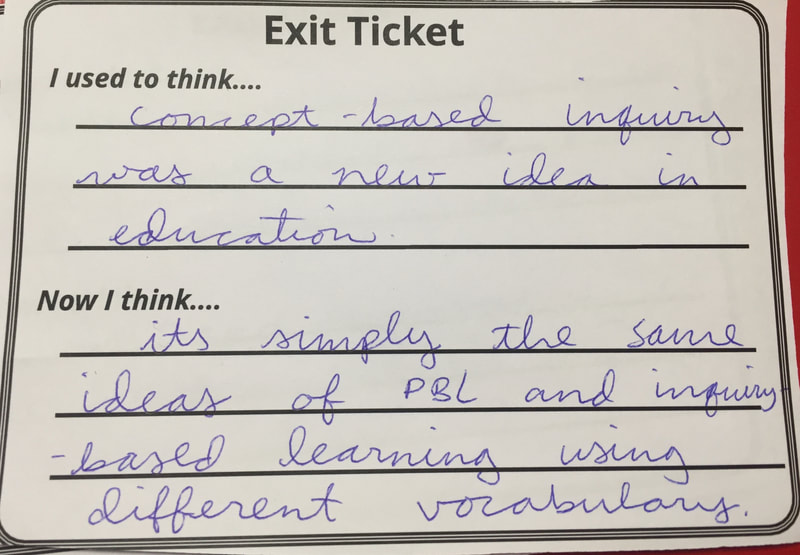
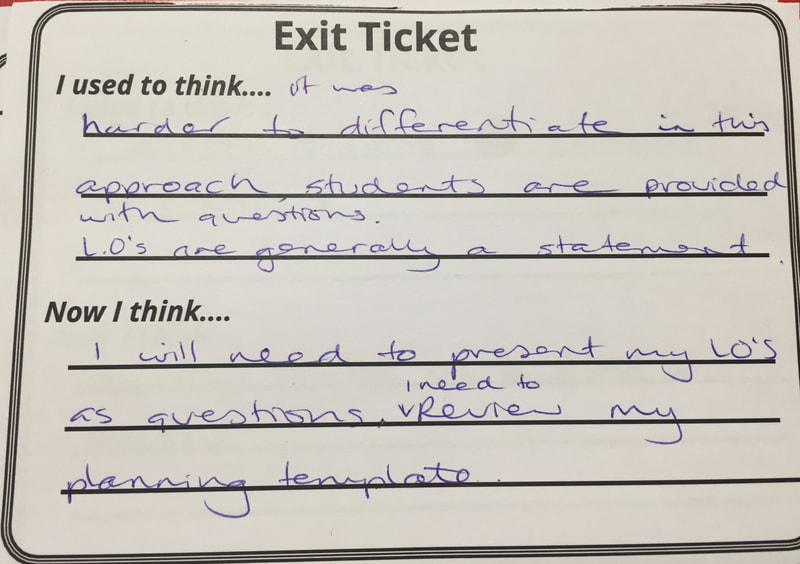
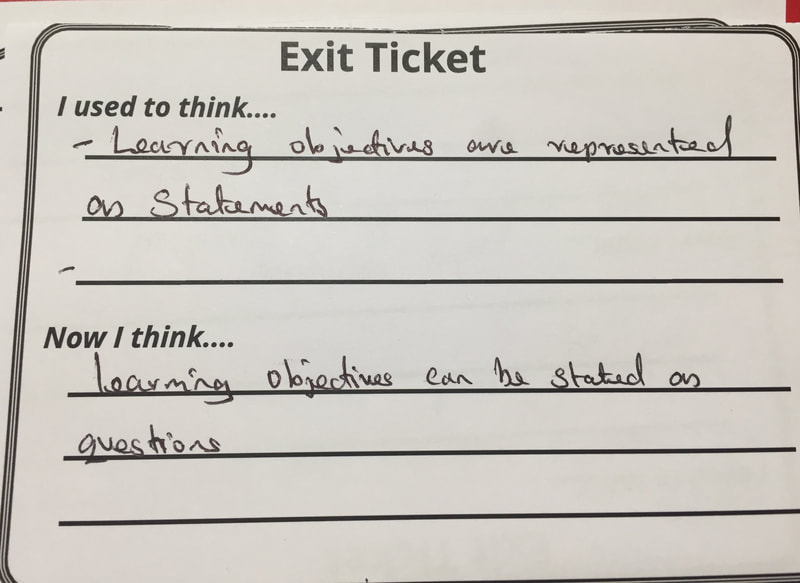
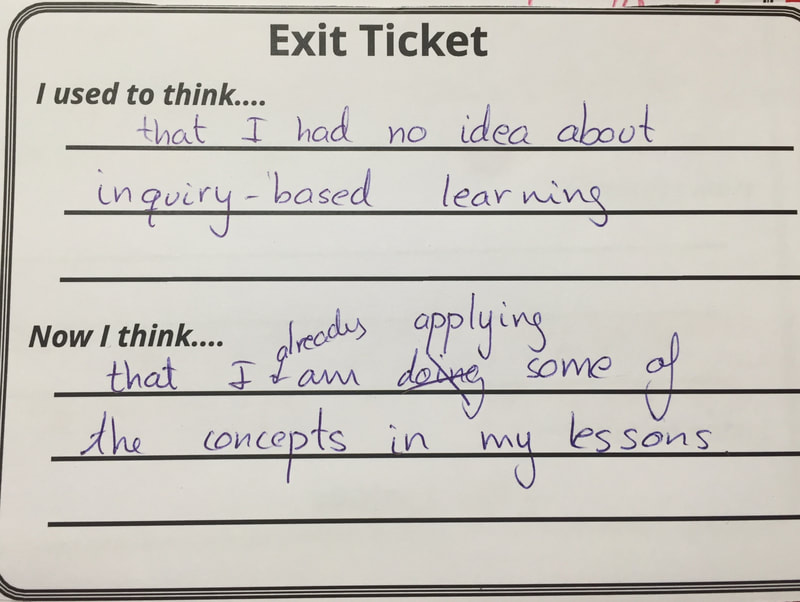
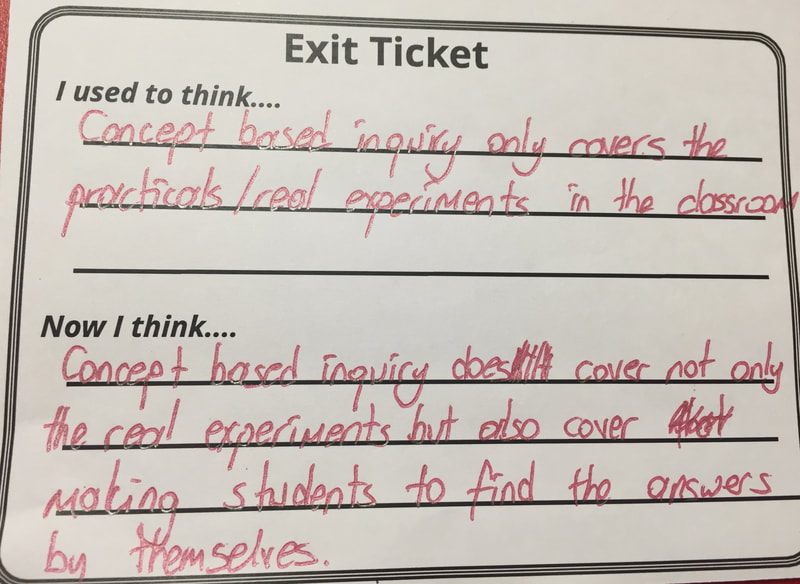
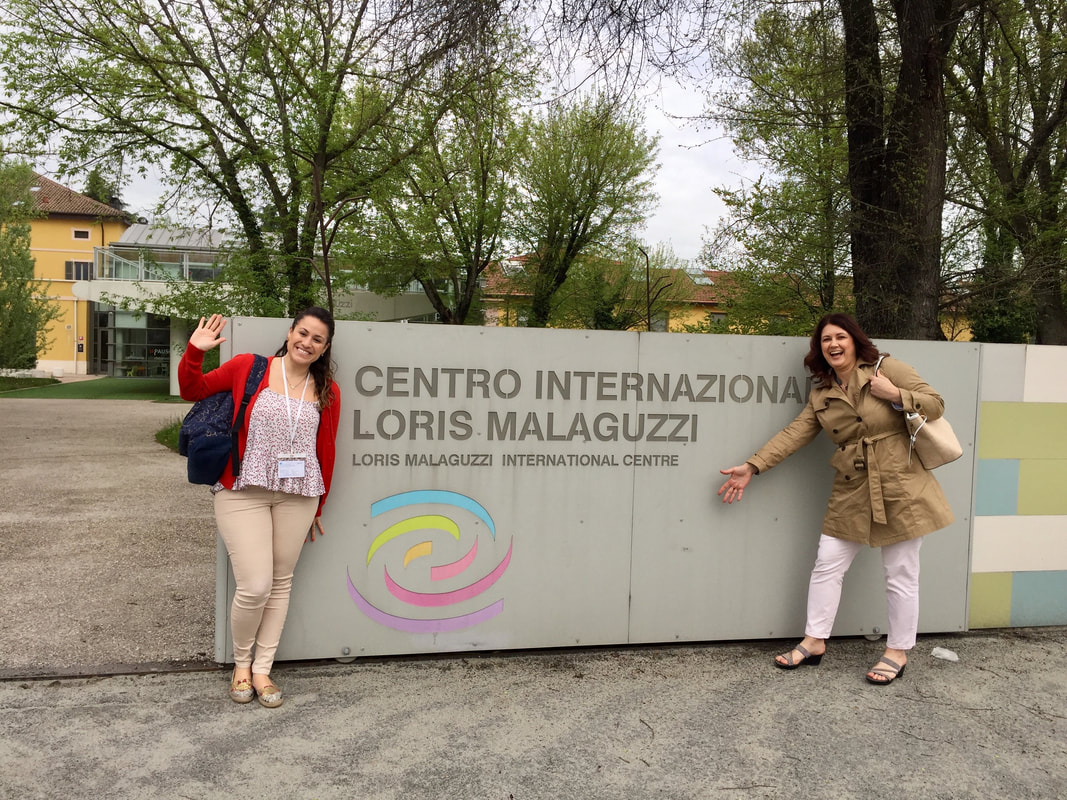
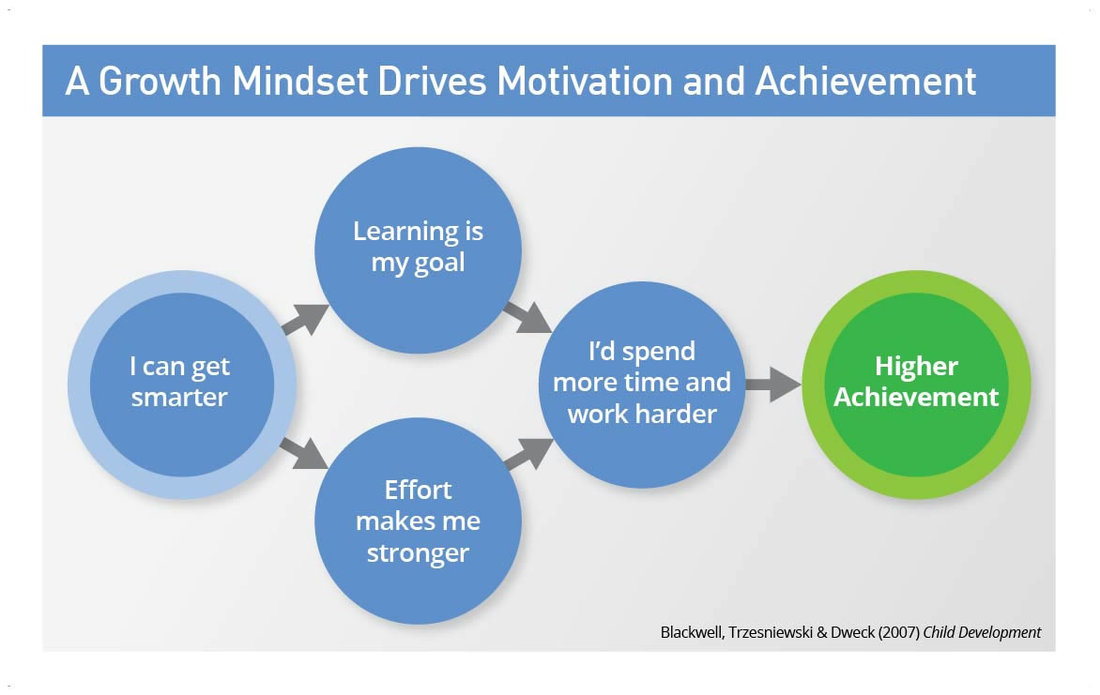
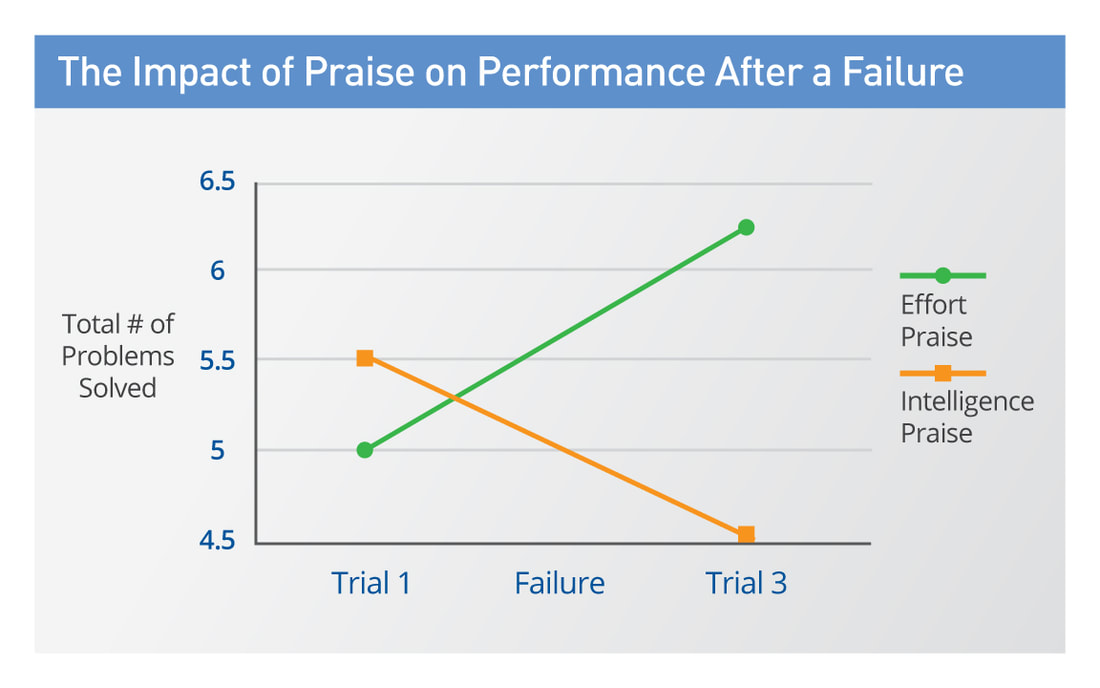
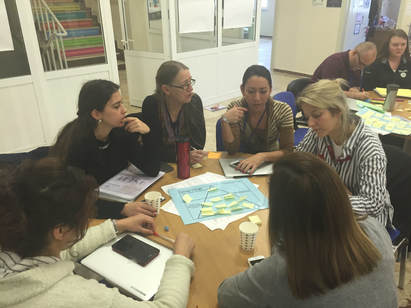
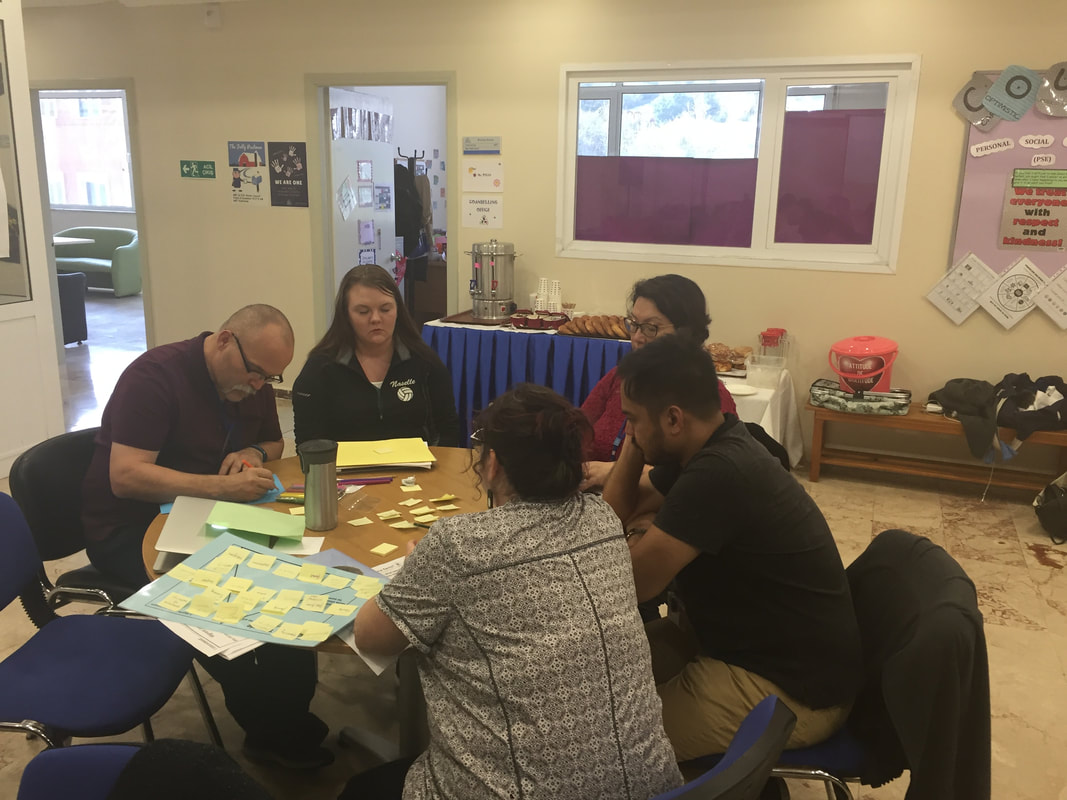
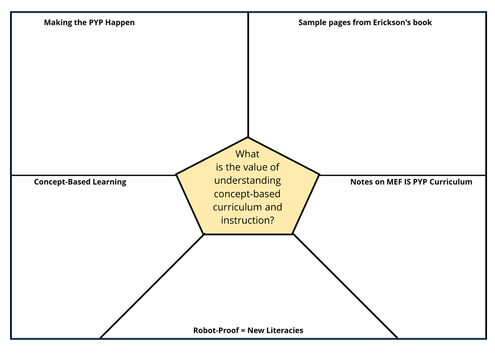
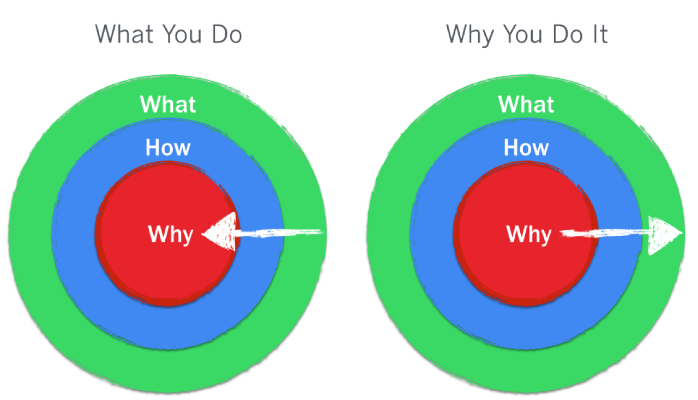
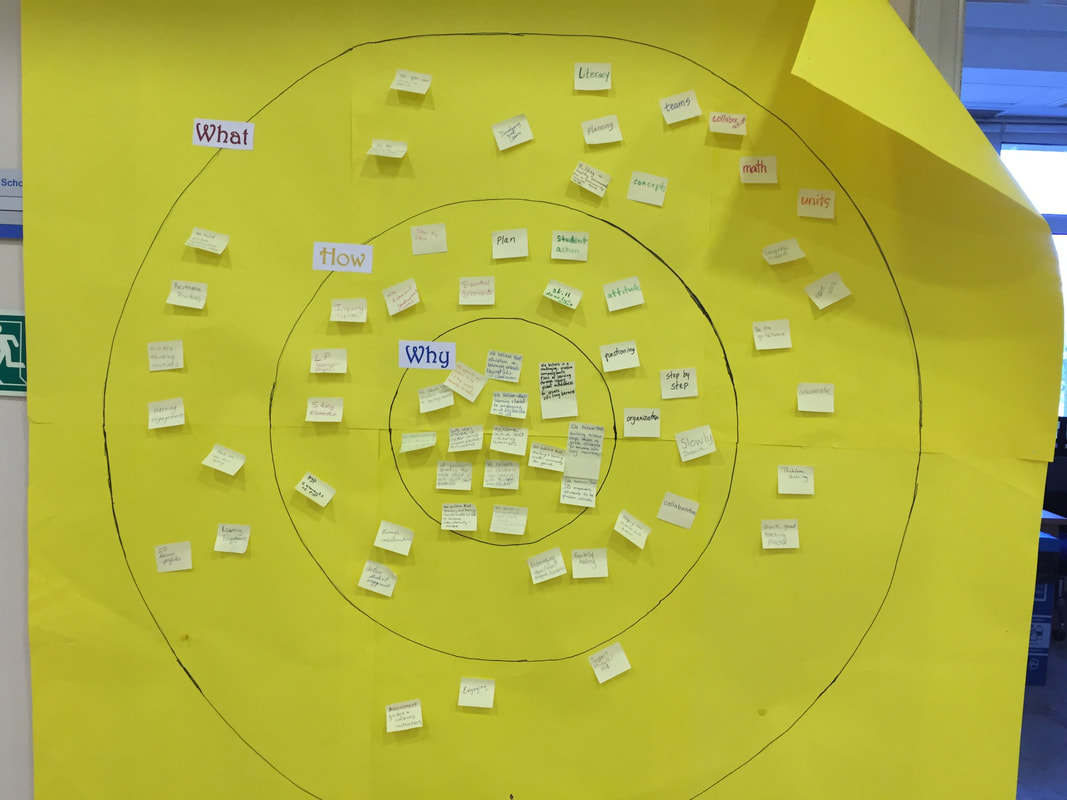
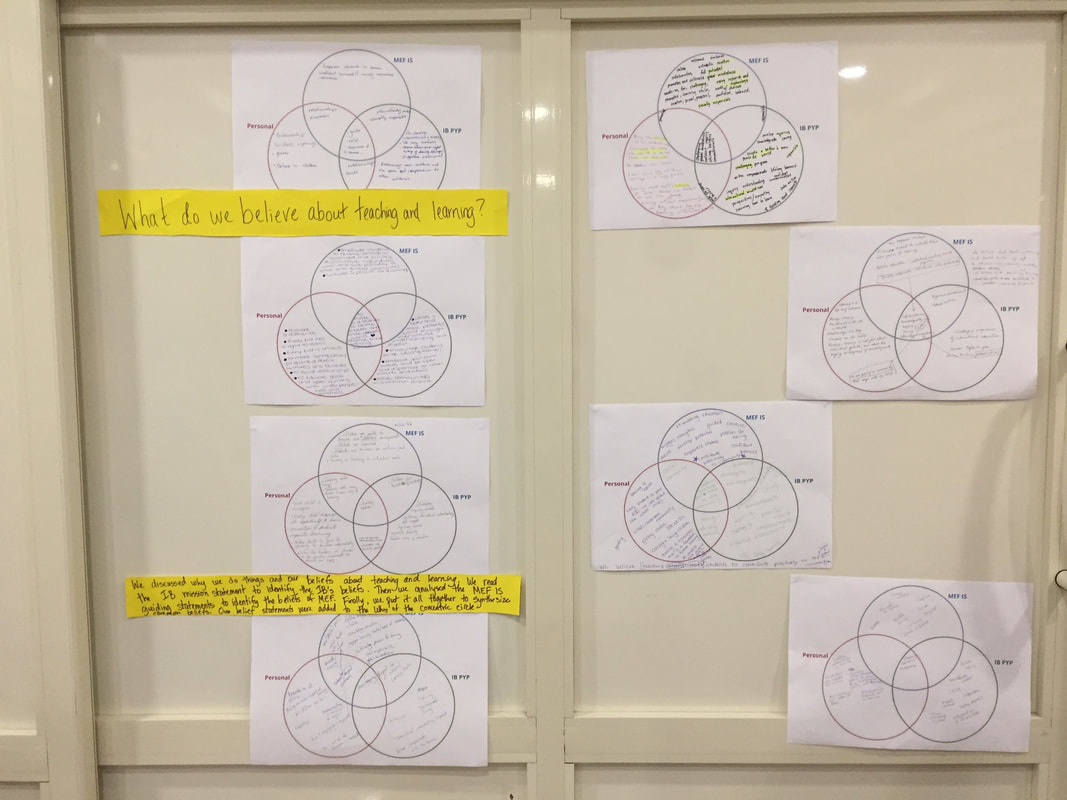
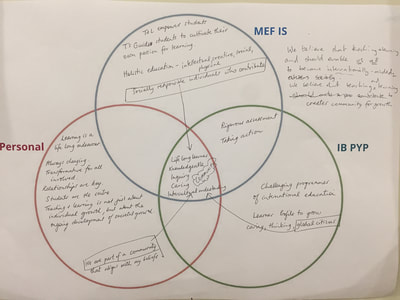
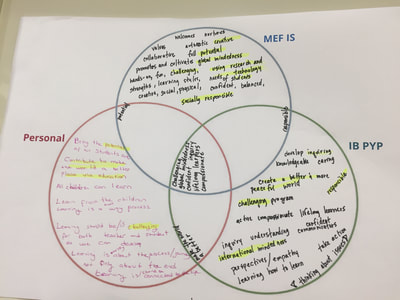
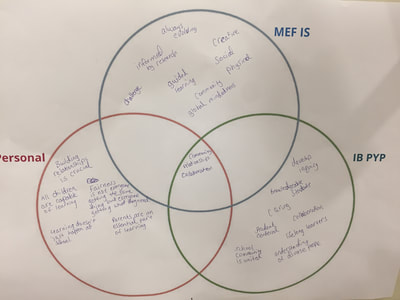
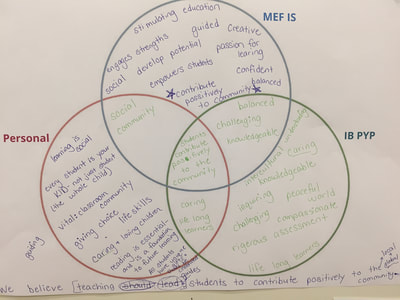


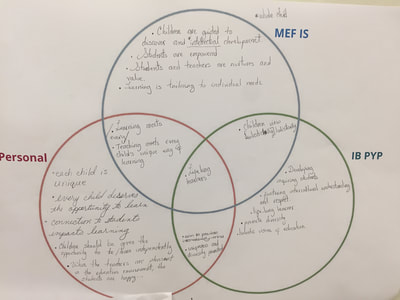
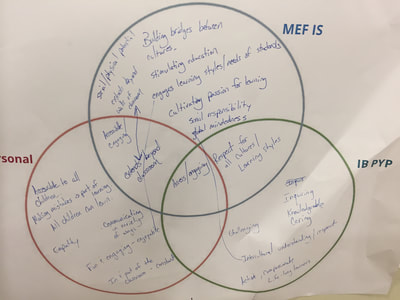
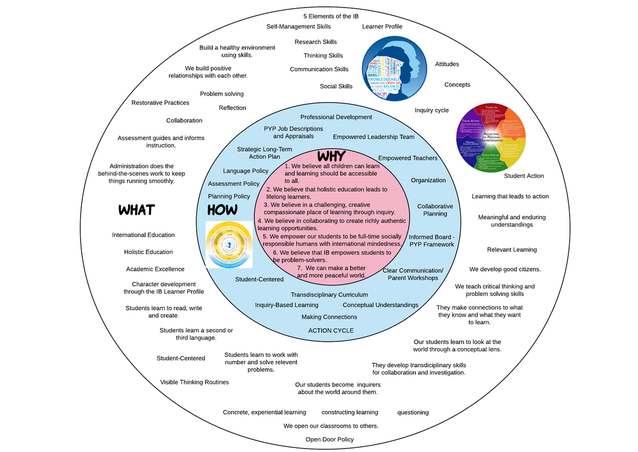
 RSS Feed
RSS Feed
